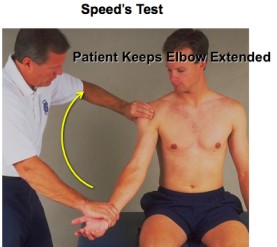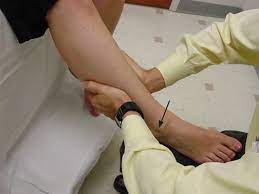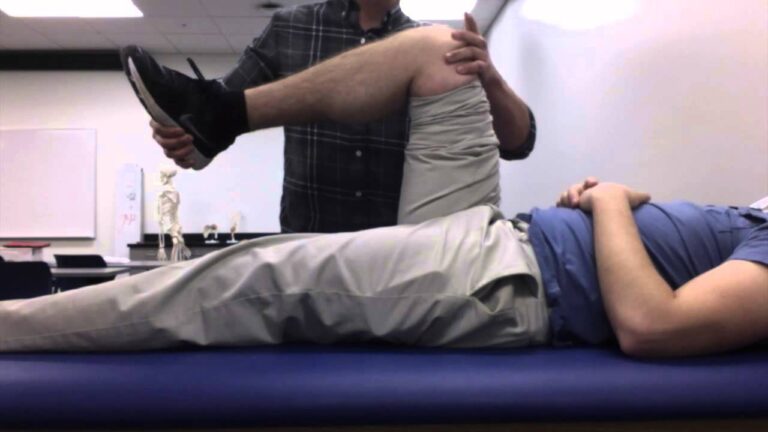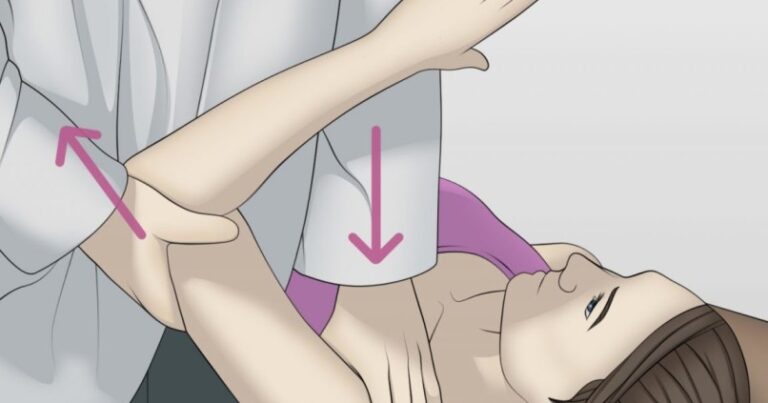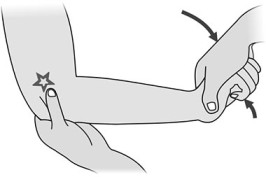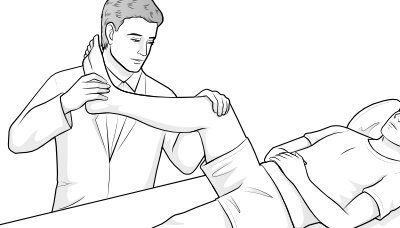Speed’s Test of shoulder :
- It is also known as the biceps or straight-arm test.
- This test is performed on to clinic by the doctor/therapist to check the tendinitis of the biceps & labral tear.
- This test is performed when the patient complains of shoulder pain.
- This test is mostly performed with the Yergason’s Test.
What is Purpose of the Speed’s Test of shoulder?
- This Speed’s Test is used the check bicipital tendonitis/superior labral tears.
- It is also used to check the SLAP lesion – II.
How to perform the Speed’s Test of shoulder ?
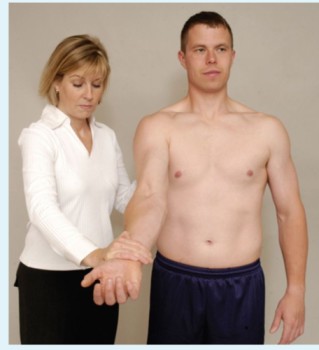
- Starting position of the patient is the standing/sitting position.
- The examiner resists the shoulder forward flexion by the patient while the patient’s forearm is first supinated, then pronated& the elbow is completely extended
- The test is also be performed by forward flexing the patient’s arm to 90′ & then asking the patient to resist an eccentric movement into extension first with the arm supinated then pronated.
What is the result of the Speed’s Test of the shoulder?
- A positive test is elicited increased tenderness in the bicipital groove especially with the arm supinated.
- It is indicative of bicipital paratenonitis or tendinosis.
- This test is also positive when the patient complains of pain in the bicipital groove or bicipital tendon.
What is Evidence of the Speed’s Test of the shoulder?
- Sensitivity of the Speed’s Test of shoulder = 0.32
- Specificity of the Speed’s Test of shoulder = 0.75
- Positive Likelihood Ratio of the Speed’s Test of shoulder = 1.28
- Negative Likelihood Ratio of the Speed’s Test of shoulder = 0.91
- Speed’s test is more effective than Yergason’s test because the bone moves over more of the tendon during the speed’s Test of shoulder.
- It has been reported that this test may cause pain &, therefore is positive if a SlAP [ type – II ] lesion is present.
- If profound weakness is found on resisted supination, a severe second – or -third-degree means rupture strain of the distal biceps should be suspected.

